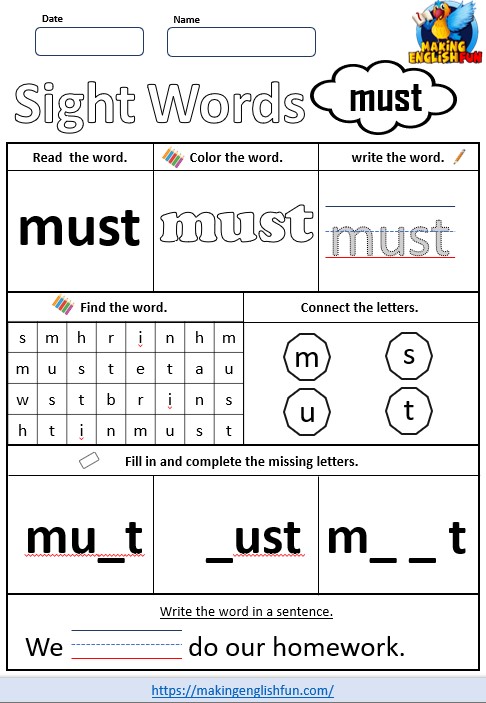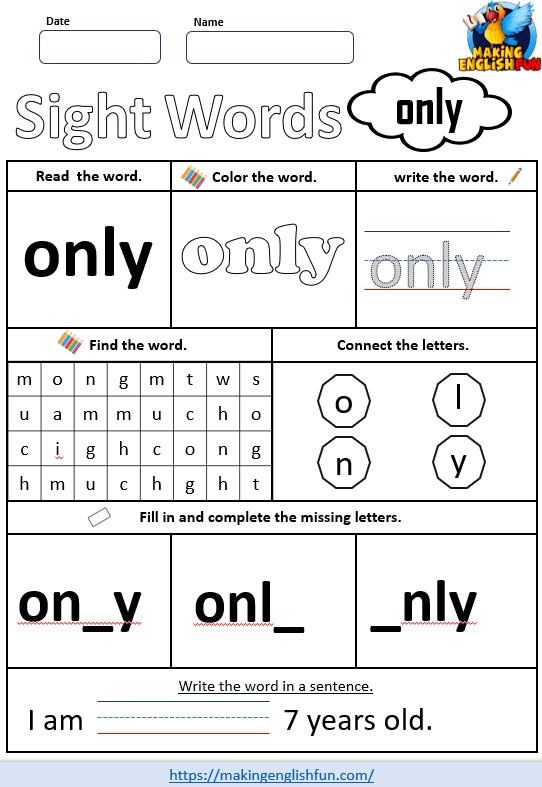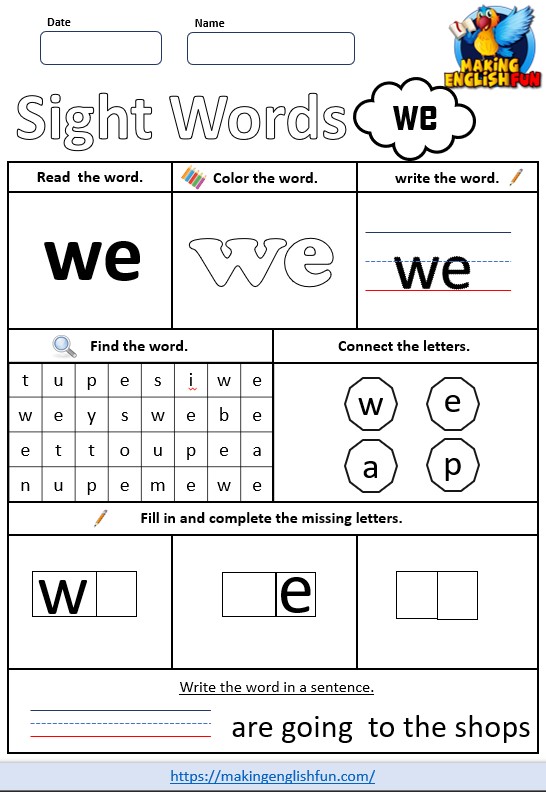How to teach Determining Importance
What is Determining Importance?
Determining Importance as a reading strategy means finding and realizing what is important in a given text. That could be from a page, paragraph or a the whole text or book. It allows us to learn and use prioritization techniques that as important outside reading as inside it. It develops understanding of texts and relates heavily with summarization and inferencing strategies.
Why teach Determining Importance?
Another crucial task for reading comprehension is determining importance. Often, inferencing, summarizing and determining importance strategies can go hand in hand. Every detail in a story is not important. This is especially true when reading fiction like mysteries and suspense stories. These stories will provide readers with many more details than they need to keep the ending a surprise. It can also be the case in none fiction as well, especially in longer or academic papers. So this skill becomes even more important as children and students progress through their educational journey.
Strategies for Determining Importance
There are many strategies that students may use for determining importance. Some of these strategies are more useful for nonfiction, while others are better for fiction. If the strategy is geared for one or the other, we will let you know when to use it.

Pick Three
Show children five or more items that might be used to do a task and ask them to choose which three items are critical. For instance, you might show them a tire, a key, a pot, a spoon, and chopped vegetables. All of these things may be found in or around a home, but they are not all used for cooking dinner. The pot, spoon, and vegetables, however, would fit that bill. Help children determine which things are important. You could also make it harder for older students. Show them meat, pasta sauce, a pot, a plate, and pasta. Ask the students to determine what is necessary to make cheeseburger macaroni. While some students may first want to choose the pasta sauce, it is not appropriate for making macaroni and cheese.
This activity can help children think about what they need and what is extra or similar but inappropriate. They will also have to think about what they want and need to use to solve their problem.
My School bag
This activity is similar to the one above but makes it a more personal experience. Ask students to take 10 items (if they have) from their school bag and order them form most important for their day to least important. Although there will be some similarity between the class, there will also be some differences. A good exercise once they have finished the initial task would be to highlight the difference and ask why different students may think some things are more important than others. This will help to develop Meta-Cognition and evaluating skills in students as well.
We have resources, specifically on this activity but on many others as well, in our Reading strategies resource pack.
Graphic Organizers
We have mentioned graphic organizers many times in the past. They are excellent tools for reading comprehension. They can help readers to organize their thoughts, information, and even cause and effect. By using graphic organizers, students can analyze the information and determine whether it will change the course of the story. Wearing a green shirt instead of a blue one is not likely going to impact the story, but wearing an invisibility cap might.
Story sequence, characteristics, and causal relationships can all be tracked on graphic organizers. Many aspects of a story can be visualized through this process. These are great for fiction or nonfiction, especially when talking about biographical information. While it may be interesting that Spartacus was taught by Aristotle, if your point is his final battle, it has no bearing on the story. On the other hand, if Aristotle taught him something that helped in battle, this might be an important point. Understanding what people are reading to learn or determine will help students discriminate between important and unimportant. We have examples and templates for graphic organizers on the site as well.
Sorting Details
One simple way to help students learn what is important is to have them sort the details. Write the details on an index card or sticky note. Ask your child to think about the main idea or point of a chapter/ concept. Then have them sort those details into things that affected those chapters or concepts and what did not. Sometimes the details are interesting, but they do not support the claims or ideas. Have them place those into interesting details. The other things would go into a stack or list of important information.
Students can also think about why they make these choices. Some of the choices might be inferences. The story or passage is not likely going to say, “these are the things that you need to know.” Students will have to use their inferencing skills to determine what information they need to make other choices or inferences. These two are tightly interconnected. In addition, your child can also use questioning strategies to learn what is important.
Key Features
One strategy for determining importance in nonfiction texts is to look at the text features. Is the word in bold or italics type? Is it part of a heading, figure, or picture? Understanding the key features of the text can help your child become better at inferences, questioning, and activating prior knowledge as well. Examining headings can tell students which concepts are the most important. In addition, subheadings, figures, charts, graphs, and photos are all clues into what students need to know about the text. Some of the non-text items can help your child visualize what is going on in the text or how the concept looks.
Journaling
Journals help students jot down things that stand out and make their own notes. They can use their journals to draw pictures and make their notes personal. This does not need to be formal notes for learning. They can write about how the author’s words made them feel or what they noticed in the text. They can use it like they would scratch paper to brainstorm about the text.
Final Thoughts
You can do many things to help your child learn to become better at inferences or learn more about important details. One thing that students often find difficult is annotating text because they do not know which details are important. By starting when they are young, you can help them become better college or high school students one day.
There are no right or wrong ways to help children interact with text, but the more you allow them to practice and rearrange, the more their reading comprehension skills will improve. Reading comprehension is one of the most important skills our children will ever develop, but they will not develop without practice. Children will mimic what they see, so let them see you interacting with your personal reading. If they feel that these tasks are useful, they may be more likely to use them.
About the Author

Hi I’m Marc. A teacher of over 15 years, mostly English but dabbled in outdoor pursuits and media. Thought is was about time to sharing both what I have learnt during that time and the resources I have put together. On this site we aim to teach the theory and share our thoughts, but also go that one step further and give you access to the hard resources you need for your class or for you children. Feel free to take a look at our resources, email us on info@makingenglishfuncom.wpcomstaging.com, or jump on the Facebook group to ask questions. Happy learning, teaching or playing!








One Comment